From Scrap To Storage
Due to budget constraints and organizational culture, the Japanese Self-Defense Forces (JSDF) have always taken great care of their equipment, leading to even the oldest weapons being relatively good condition upon decommission.
Nonetheless, since the transfer or sale of equipment to other countries was prohibited, the usual fate of such retired equipment was either being scrapped or displayed at some bases.
Although the majority has always been scrapped, the war in Ukraine has highlighted the importance of reserve weapons, thereby making Japan to think twice about discarding their old equipment.
The Russo-Ukrainian War has proved that outdated tanks, armored vehicles, and artillery can still be useful on the battlefield, especially in a war of attrition.
Witnessing this gruesome nature, Japan has decided to preserve their decommissioned equipment, including both the Type 74 and Type 90 tank, as well as the M270 Multiple Launch Rocket System (MLRS).
The first batch will be thirty Type 74 tanks along with ten Type 90 and MLRS vehicles, but this is just the beginning as future plans aim for at least several battalions worth.
However, since Japan lacks the proper storage facilities and expertise in this realm, they must first develop the necessary capacity to preserve old weapons.
Unlike the Boneyard, which is an US aircraft storage in the middle of a desert, Japan must keep their equipment in working condition under a humid, rainy environment.
Such climate calls for a temperature-controlled warehouse with regular maintenance, and Japan will start off with a small number of vehicles to first gain experience, with plans to expand once proper facilities and techniques have been established.
Ukraine Changed Everything
So, can these old weapons be useful in an event of conflict?
If we take a look at the Russo-Ukrainian War, where both sides are pitting obsolete tanks and armored vehicles at each other, the answer is “Yes, though depending on the situation.”
In the case of Ukraine, Western countries have supplied old equipment such as the Leopard 1 tanks, M113 armored personal carriers, and Hawk Air Defense Systems.
On the other hand, Russia has also been resorting to pulling half-a-century old tanks out of storage, as they suffer huge losses on the battlefield.
These examples not only depict the horrific pace of attrition, but also underscore the idea that “obsolete weapons are certainly better than nothing.”
Surely, old tanks and armored vehicles are at a disadvantage against high-tech modern weapons, but not every country can field large numbers of advanced weapons as they are expensive.
In a prolonged conflict, once these modern equipment have been exhausted, one has no choice but to fight with what remains in their storage.
But, that does not necessarily mean that old reserve weapons are useless or ineffective.
Even outdated tanks can still pose a threat to infantry and be quite useful for fire support, as shown by the performance of Leopard 1 and T-62 tanks in Ukraine.
Similarly, old armored vehicles can offer at least some protection and is definitely better than riding on the back of a truck being exposed to enemy fire.
The aforementioned M113 APC is a prime example, providing minimum protection against small rounds and shrapnel, thereby performing their basic role as battlefield taxis.
Moreover, the absence of high-tech systems in old vehicles can make them more resilient to electronic jamming and harsh conditions, being suitable for certain roles than their modern counterparts.
Ultimately, while reserve equipment are less sophisticated than the modern ones, they can still be useful depending on the situation, particularly in a war of attrition where sheer quantity tends to determine the outcome.
In Japan’s Case
If we take Ukraine’s case into account, Japan’s Type 74 tank can still be effective if used in the right circumstances, while the Type 90 tank and MLRS are surely more than capable of inflicting damage to the enemy.
Despite being a 50-year-old tank, the Type 74 can be used to fill defensive gaps or exploit weak enemy defenses, while serving as a mobile artillery.
Of course, Japan is unlikely to face a full-scale invasion like Ukraine due to its fortunate geographic advantage of being surrounded by the ocean on all four sides.
But, considering the attritional nature of modern warfare, as well as the strategic flexibility and psychological impact given by the mere presence of reserve forces, it is only natural for Japan to start storing their old weapons.
The fact that Japan didn’t have any reserve equipment, except for some small arms, is actually an absurd situation that only limits the JSDF’s capacity to sustain their operations.
In the event of an invasion, if Japan were to lose a large number of their Type 10 tanks or Type 16 maneuver combat vehicles, they would have to resort to using the Type 74 and Type 90 tanks.
Likewise, should a Chinese invasion of Taiwan happen, Japan would be expected to support the latter, playing a role close to Poland’s contribution towards Ukraine.
If Taiwan struggles to repel the invasion, Japan may be called upon to provide supplies or even weapons.
In any case, having old tanks, armored vehicles, and artillery in reserve is crucial to ensure a sustainable fighting capacity, and one can assume that other equipment including the FH70 howitzers, Type 73 APC, Type 96 wheeled APC will eventually join the storage list.


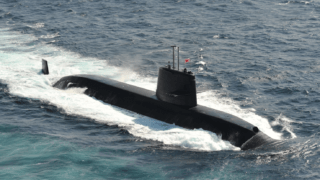
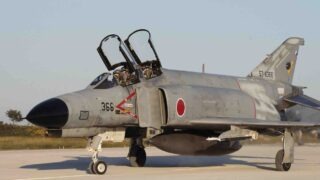
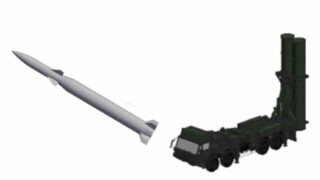
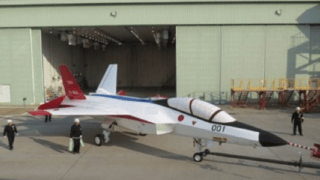
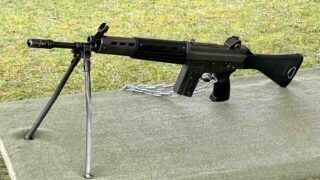
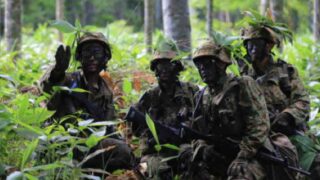

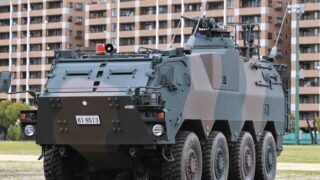
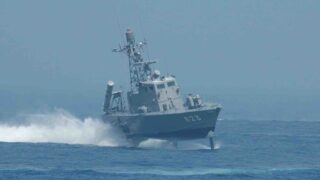
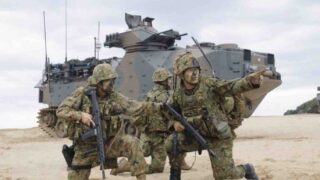
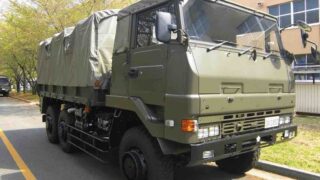
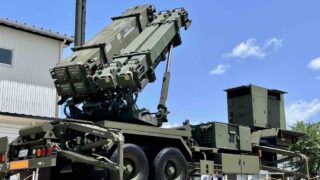
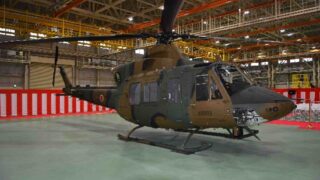

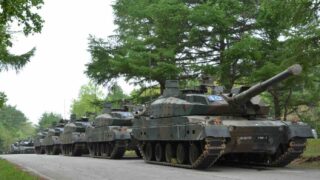
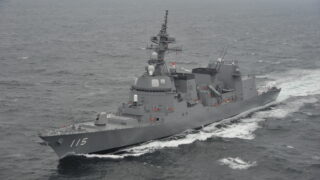
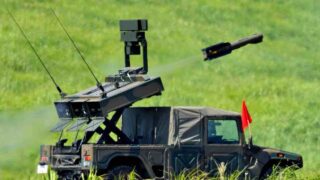
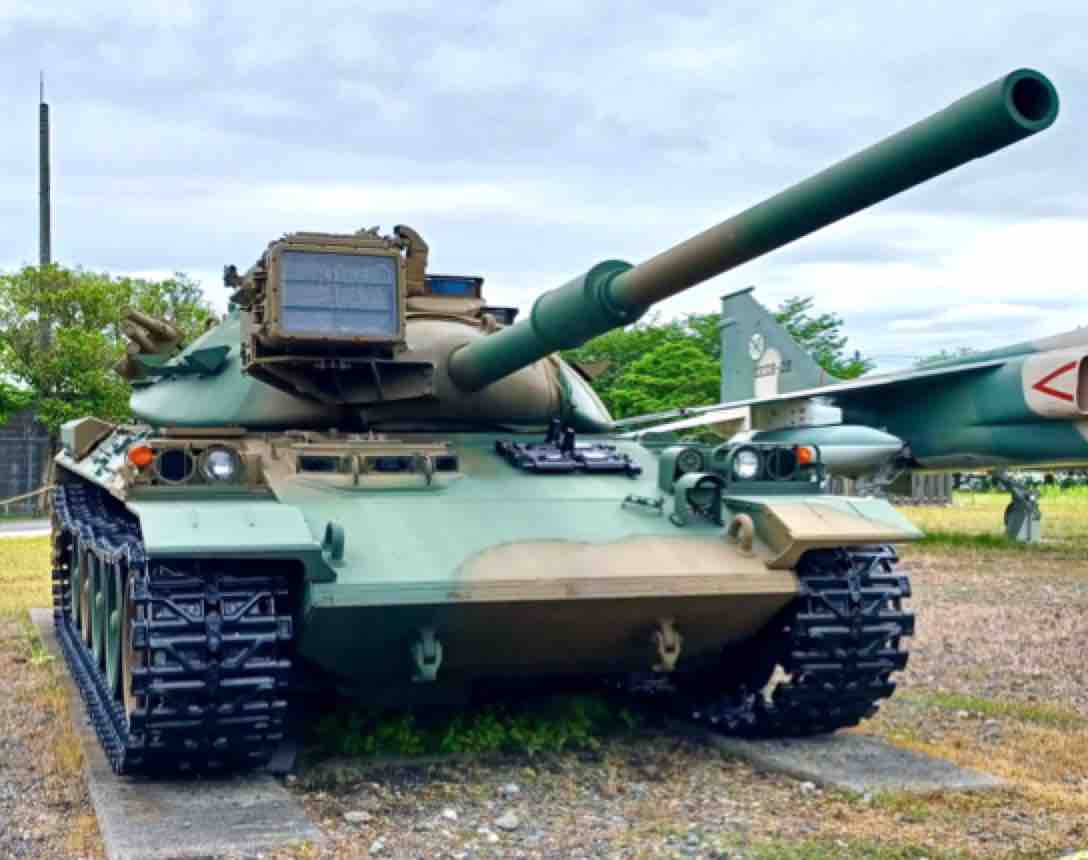
Comments